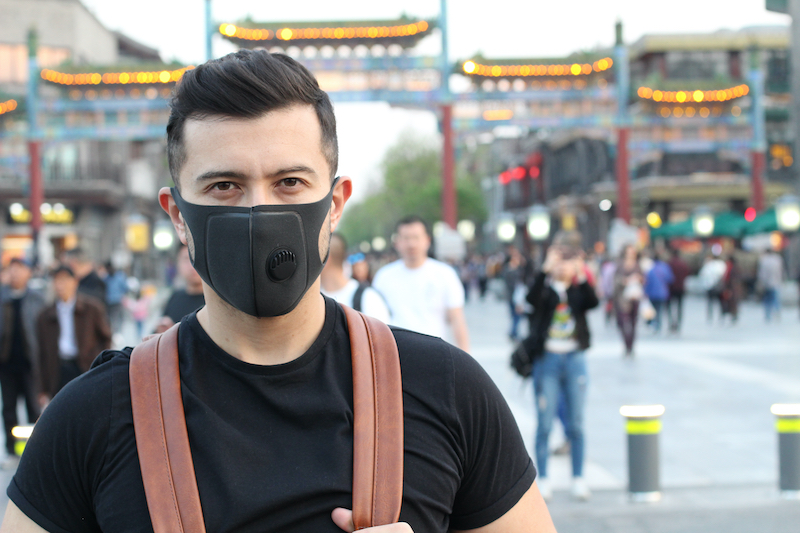


What started as a few cases of suspected pneumonia in workers from a fish market in central China has become a new virus that has the whole world on alert.
The new identified Coronavirus strain (2019-nCoV) is reported to have reached South Korea, Japan, Taiwan, Thailand, Macau, Hong Kong, and the US. As the number of confirmed cases rises over 600, with 18 deaths, health officials are working on all fronts to learn about the virus and curtail its spread.
On Tuesday, Australia had its own scare as a Brisbane man was placed in isolation after Queensland Health authorities ran tests. While the man was cleared, it has certainly sparked concerns in Australia.
So, what do we need to know and how worried should we be?
What is a Coronavirus?
Coronaviruses (CoV) are a family of viruses that cause anything from the common cold through to more severe diseases such as Middle East Respiratory Syndrome (MERS-CoV) and Severe Acute Respiratory Syndrome (SARS-CoV).
While coronaviruses are nothing new, the current virus outbreak is a novel coronavirus. This means that it is a new strain that has not previously been identified in humans. Because scientists are at such an early stage of discovery and characterisation of the new virus, it’s difficult to compare it to other viruses or draw any strong conclusions about its impact on humans.
How does it spread?
Coronaviruses are transmitted between animals and people, making them a zoonotic virus. Testing has so far not revealed a specific animal host. The virus was first reported in December of 2019, when Chinese authorities informed the World Health Organisation (WHO) that they had an unknown, new virus causing pneumonia-like illness in individuals from the Hua Nan Seafood Market in Wuhan.
While the Wuhan market was shut down 1 January to limit the spread of the disease, more cases have since been identified, meaning that the virus can be spread from person-to-person.
How are the signs of infection?
According to WHO: “common signs of infection include respiratory symptoms, fever, cough, shortness of breath and breathing difficulties.” The virus is suspected to have an incubation period as long as 14 days.
The Centres for Disease Control and Prevention (CDC) said that while a vaccine is under development for the virus, the process is not quick and currently there are no specific therapies or treatment.
Should Australians be worried?
In a statement released Friday, the Australian Department of Health said they were aware of the outbreak and watching developments closely.
Australian Government Chief Medical Officer Brendan Murphy said there was no need for alarm in Australia, adding that “Australia has well-established procedures to ensure people with illnesses travelling into the country are detected at the border”.
By law, airlines are obliged to report sick passengers to biosecurity staff before unloading aircrafts. Medical staff from the New South Wales Health department and biosecurity staff are positioned at Sydney Airport to assess anyone flying from Wuhan who exhibits flu-like symptoms.
Anyone who has recently been in Wuhan, or who had close contact with someone who has been there, is at risk.
WHO has not declared the outbreak a public health emergency but is monitoring the situation.
How can I protect myself?
In line with the guidelines released by the Australian Department of Health and the CDC, House Call Doctor recommends that you that you protect yourself in the way you would for any other respiratory illness: wash your hands frequently, cover your mouth when you cough, and stay away from people who are sick.
People who think they may have been exposed to virus should contact their healthcare provider immediately.




